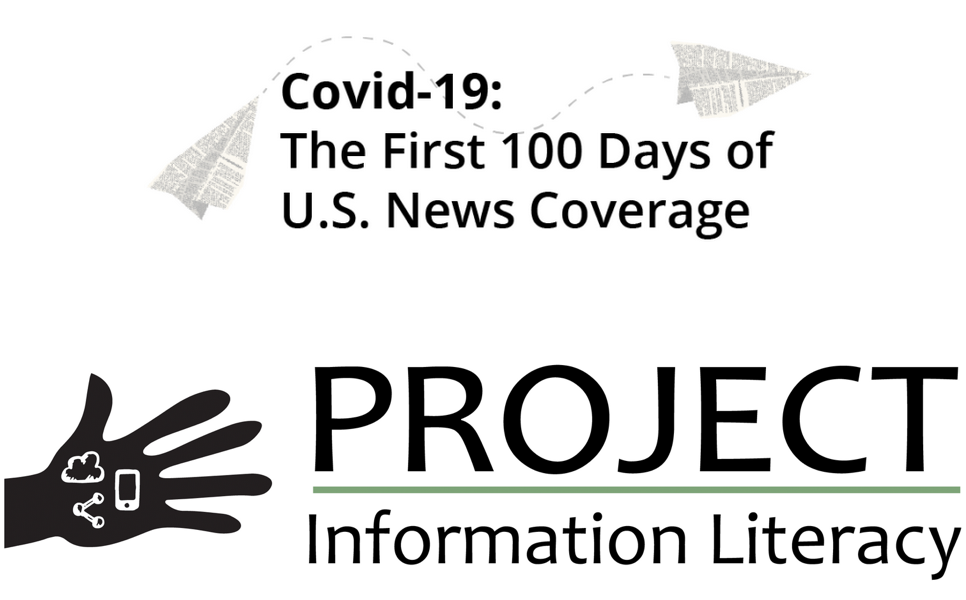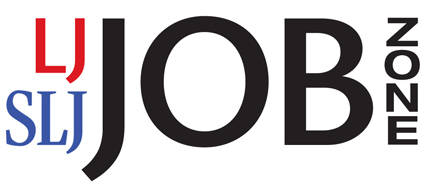A New Open Educational Series From Project Information Literacy Shares Lessons About the U.S. Media Ecosystem From the First 100 Days of Covid-19 News Coverage
Ed Note: More interesting, important, and USEFUL work from Dr. Alison Head and the Project Information Literacy team.

We’re excited to announce that a new research-based OER from Project Information Literacy (PIL) entitled, “Covid-19: The First 100 Days Of News Coverage.
In the first report, we examine the shape and flow of the coronavirus story across time and digital spaces by using a large sample of stories from a range of news sources; in the second, we analyze how a sample of photos from 12 news outlets visually represented the story.
Aimed at college students, the open access series has research findings, interactive visuals, and learning activities tracing the pandemic in its early stages as it unfolded in the U.S. media about the early development and visual representation of the Covid-19 news story
Our goal with producing this innovative series from PIL has been to support pedagogical needs and interests many are experiencing in the time of Covid. We also knew that we wanted to deliver a sweeping and holistic analysis about the complex process of finding, using, and evaluating information and news that has become the hallmark of PIL’s efforts.
The Research Process
By conducting a comprehensive computational analysis of 125,696 news stories from 66 mainstream and digital-only U.S. news websites, researchers analyzed the ebbs and flows of Covid-19 coverage between January 1 and April 9, 2020.
Data were drawn from Media Cloud, an open-source platform for large-scale media analyses at the MIT Center for Civic Media.
Researchers also analyzed a random sample of 532 news photos from a subset of the sample, finding that a theme of fear was most dominant during the early months of the Covid-19 coverage. These photos typically stirred feelings of alienation, anxiety, and fear of the unknown by using tightly framed compositions with solitary subjects in darkly lit settings.
Findings
- At a time when the news industry is hemorrhaging jobs and newsrooms are shrinking, the mainstream news websites producing the majority of Covid-19 stories during the first 100 days of 2020 were Business Insider followed by Fox News and CNN, The Washington Post, the New York Post, and The New York Times.
- In January, when the novel coronavirus was a distant problem in China, there was far more U.S. newscoverage about the race for the Democratic presidential nomination than the imminent threat of thecontagion.
- The death on February 7 of the Wuhan doctor, Li Wenliang, who sounded the alarm about a growingcoronavirus threat in China months before, was one of the first news spikes in U.S. coronavirus coverage.As the story picked up momentum, it took on urgent political, health, and social justice angles that setsocial media ablaze.
- News photos evoking hope and grief did not pick up in news coverage until early March when thepathogen hit the U.S., confirmed cases started mounting, and businesses, schools, and sporting arenasbegan to shut down.
- One of the biggest days of news coverage occurred on March 12, when the stock market took a 10% dive causing the brokers to scramble to buy shares, U.S. students were called home as Europe closed its borders, the NBA suspended basketball season,Tom Hanks and his wife, Rita Wilson tested positive, and the largest emergency bill — $2.2 trillion – waspassed by the Congress and Senate.
- After March 19, after schools, businesses and public life began to shut down across the nation, thenumber of news stories about Covid-19 started to gradually decrease, as news consumers becameoverwhelmed with the constant barrage of coverage
About the Reports
If you have followed PIL’s research in the past decade, you will find that our latest research effort is a timely departure from our 11 other reports in some important ways:
This html series is an open-access set of two “student friendly” reports written to be used as a college-level reading across a variety of different disciplines.
The series is highly visual. Each report includes interactive data visualizations, based on large-scale computational analysis of the U.S. news ecosystem. These “info vizes” present users with engaging visuals that students (and others) can engage with and explore.
The series uses an existing dataset (rather than survey data collected from students) that draws on more than 125,000 mainstream news articles from 66 U.S. news websites during the early months of 2020. These data were pulled from Media Cloud, an open platform resource for analyzing the media ecosystem at MIT Media Lab.
The series includes a full selection of discussion prompts and activity-based exercises for improving news and visual literacy that are suitable for virtual or in-person learning.
As a supplement to the reports, we have created a select list of resources about Covid-19 misinformation to support learning about information and news literacy.
PIL Research Team
- Alison J. Head, Ph.D., Executive Director, Project Information Literacy (PIL), Visiting Scholar, Harvard Graduate School of Education, Senior Researcher, metaLAB (at) Harvard, alison@projectinfolit.org
- Steven Braun, PIL Fellow in Information Design, Visiting Assistant Professor, Art + Design, Northeastern University, College of Arts, Media and Design
- Margy MacMillan, Senior Researcher, Project Information Literacy (PIL)
- Jessica Yurkofsky, PIL Research Analyst, Principal and Creative Technologist, metaLAB (at) Harvard
- Alaina C. Bull, PIL Research Analyst, First Year Experience Librarian, University of Washington Tacoma
Resources
Direct to Report and All Resources: Covid-19: The First 100 Days of U.S. News Coverage
Filed under: Data Files, Jobs, News, Open Access, Patrons and Users, Reports
About Gary Price
Gary Price (gprice@gmail.com) is a librarian, writer, consultant, and frequent conference speaker based in the Washington D.C. metro area. He earned his MLIS degree from Wayne State University in Detroit. Price has won several awards including the SLA Innovations in Technology Award and Alumnus of the Year from the Wayne St. University Library and Information Science Program. From 2006-2009 he was Director of Online Information Services at Ask.com.





